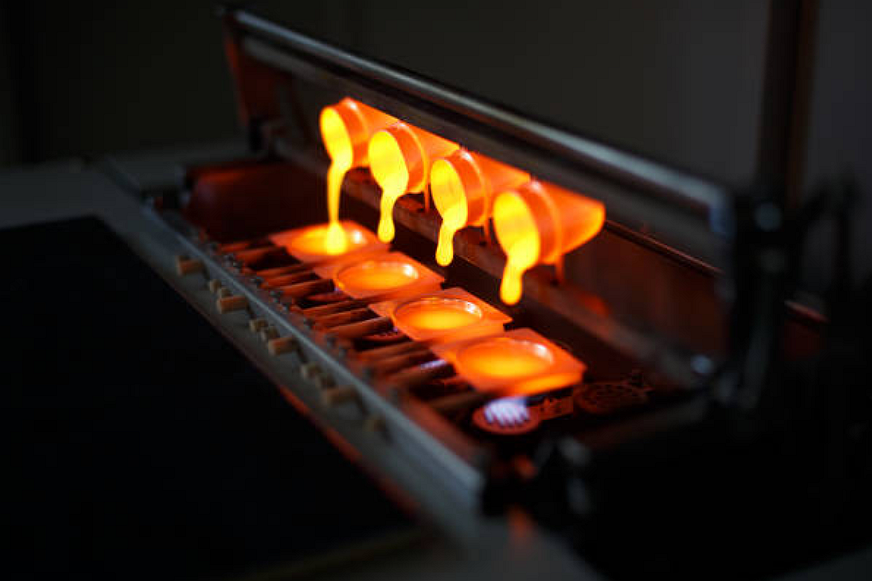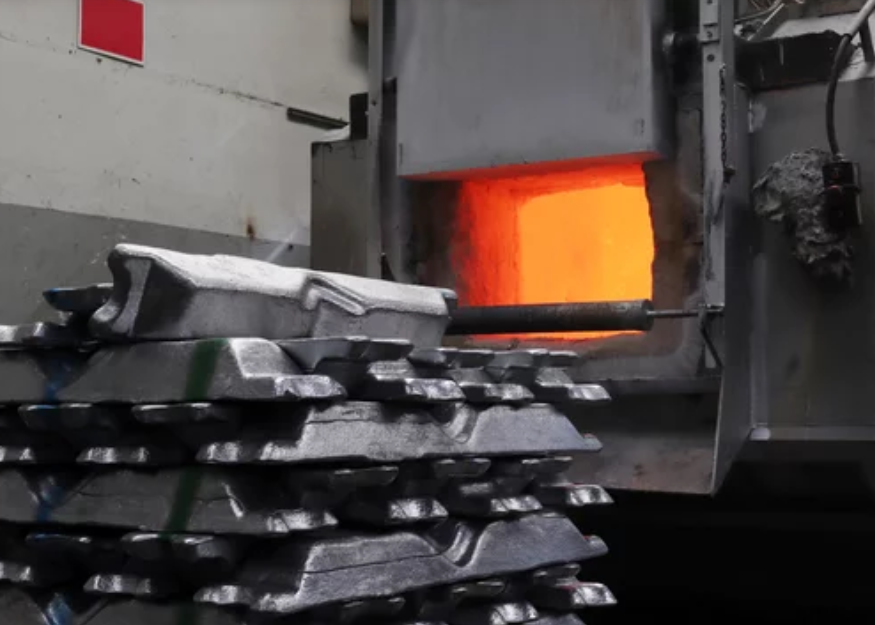Why is investment casting eco-efficient?
Introduction
Investment casting, also known as lost-wax casting, is widely recognized for its precision and ability to minimize waste. In a global manufacturing environment that is increasingly focused on sustainability, this process strikes a balance between high performance and environmental responsibility. From reduced material usage to energy-saving innovations, investment casting aligns perfectly with the principles of eco-efficient production.
Material Efficiency and Minimal Waste
Unlike subtractive methods such as CNC machining prototyping, investment casting builds near-net-shape components, dramatically lowering raw material waste. Every drop of molten metal—whether cast stainless steel, carbon steel, or nickel-based alloys—is precisely poured to match the final geometry. The process’s ability to eliminate extensive machining means less scrap, lower tool wear, and fewer production by-products.
Reusable Molding and Shell Materials
Modern advances in ceramic shell systems have made investment casting even greener. Fine zircon and fused-silica ceramics can now be reclaimed, filtered, and reused in subsequent production cycles. Additionally, new wax recycling technologies allow patterns to be remelted and repurposed, substantially cutting material consumption. These closed-loop systems reduce the environmental footprint while maintaining consistent surface quality.
Energy-Efficient Melting and Pouring
High-efficiency furnaces and precision temperature controls ensure optimized energy use during melting and solidification. Controlled preheating and induction systems reduce power demand while maintaining the stability of alloys such as cast titanium and copper alloy. Combining these with heat treatment optimization further minimizes energy loss and cycle times.
Reduced Post-Processing and Chemical Waste
Investment casting produces components with superior as-cast finishes, often eliminating the need for extensive grinding or polishing. When surface enhancement is required, eco-friendly treatments such as electropolishing, passivation, or powder coating are employed instead of solvent-based coatings. This results in lower emissions, safer work environments, and compliance with global green manufacturing standards.
Additive Manufacturing Integration
By integrating 3D printing prototyping for wax patterns and ceramic cores, foundries significantly reduce tooling waste and improve pattern yield. Additive manufacturing also enables lightweight design optimization—reducing metal consumption and transportation energy throughout the component’s lifecycle. This synergy makes investment casting a strong partner in the transition to circular manufacturing systems.
Long-Term Durability and Lifecycle Benefits
The exceptional accuracy and metallurgical integrity achieved through investment casting extend the service life of components used in energy and aerospace applications. Fewer replacements and reduced maintenance translate directly into lower lifecycle emissions and resource consumption, reinforcing the process’s eco-efficiency at every operational stage.



